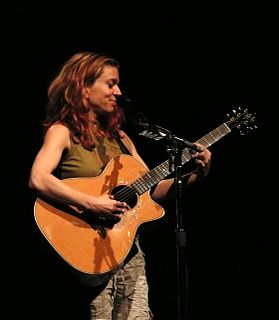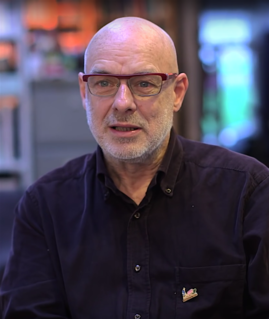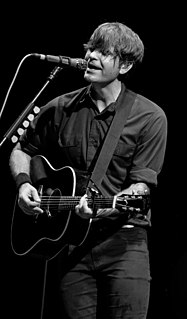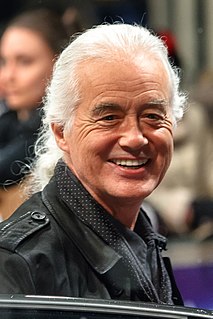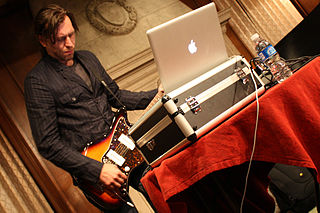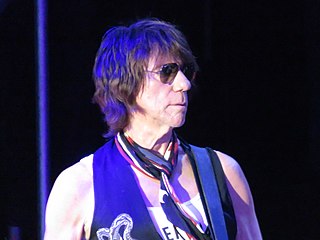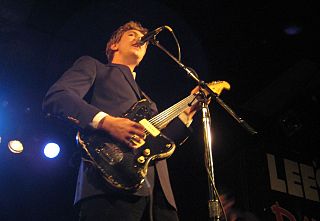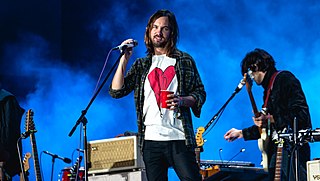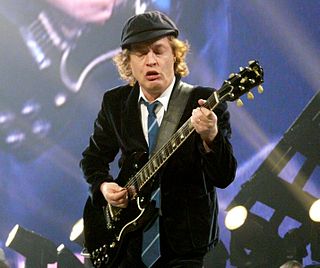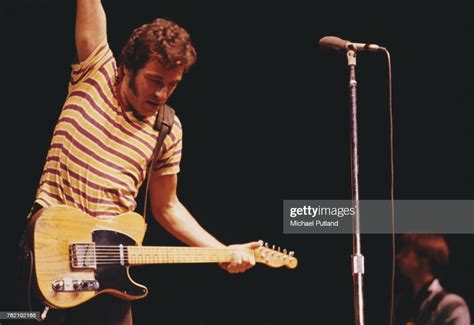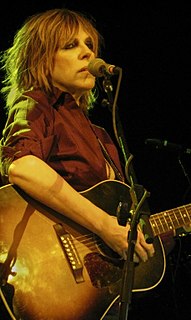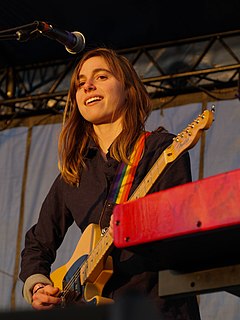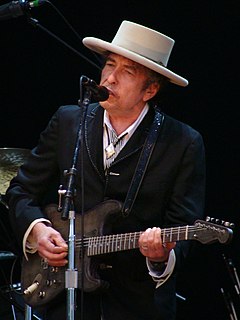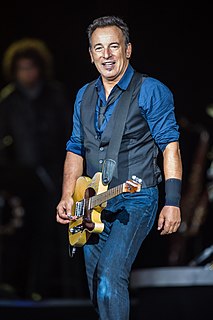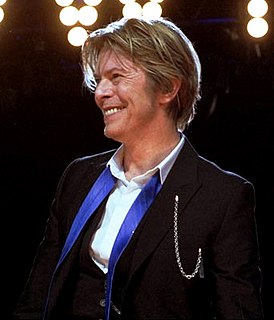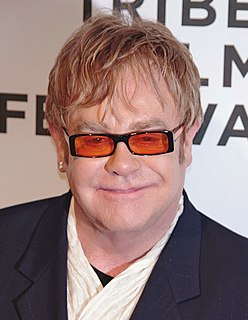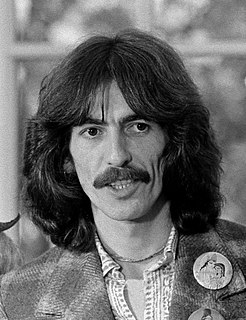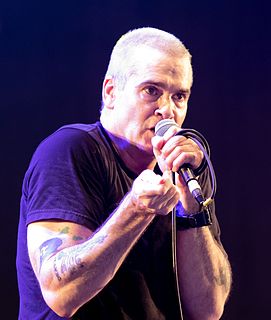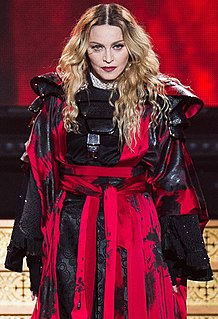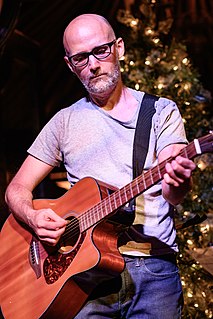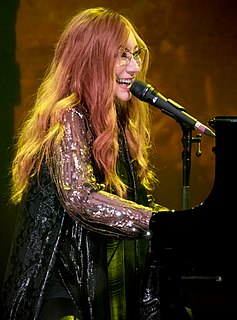A Quote by Kirk Hammett
Ampeg made incredible guitar heads in the early Nineties and then stopped. And I don't know why. The one we used had a nice clean, warm sound, and it blended well with the other amps that were in the studio.
Related Quotes
These days, my main guitar amps have been Magnatone. They're beautiful. Magnatones have actual tremolo, which I recently learned about guitar amps. Often what guitar amps call vibrato is really just a volume Up and Down. But Magnatone has a true vibrato, which is pitch bending. And so, it's just a lush sound.
I mostly used the studio devices, because I knew what they had. Generally I find I'm happy to use whatever's around. If there's nothing there I'll make something. For example, one of the things I tried doing was getting a tiny loudspeaker and feeding the instruments off the tape through this tiny speaker and then through this huge long plastic tube - about 50 feet long - that they used to clean out the swimming pool in the place where I was staying. You get this really hollow, cavernous, weird sound, a very nice sound. We didn't use it finally, but nonetheless we well could have.
There were two recording studios in Bellingham. One was really expensive, a "nice studio." We were at the point where we were young and irreverent. We would scoff at the idea of a nice studio. "Why would you want to go to a nice studio? Oh wow, they have really expensive gear. Ooh, that's really fancy. Well we've got an eight-track. We've got it going on here." Now that we have the resources, we're like, "Oh wow, a nice studio is pretty nice! They do have nice outboards here. It's actually a pretty good place." It's funny how much changes so quickly.
There's a very old recording maxim that goes, 'Distance makes depth.' I've used that a hell of a lot-whether it's tracking guitars or the whole band. People are used to close-miking amps, but I'd have a mic out around the back, as well, and then balance the two. Also, you shouldn't have to use EQ in the studio if the instruments sound right. You should be able to get the right tones simply with the science of microphone placement.
I started playing guitar at the age of 8 or 9 years. Very early, and I was like already into pop music and was just trying to copy what I heard on the radio. And at a very early age I started experimenting with old tape recorders from my parents. I was 11 or 12 at that time and then when I was like 14 or 15 I had a punk band. I made all the classic rock musician's evolutions and then in the early nineties I bought my first sampler and that is how I got into electronic music, because I was able to produce it on my own. That was quite a relief.
Can't stand it. Too many amps, too much volume, it's just flat-out ear assault. Speedy guitars leave me not feeling detached but physically upset. When you think of all the subtleties that were built into the guitar and amps for you to discover they completely cover the whole lot with a rack of effects. The guitar doesn't need that.
The funny thing is that the studio that we recorded in was the same studio that Frank Sinatra and Bing Crosby and Nat King Cole used to warm up their voices in before they went across the street to CBS Radio. The owner has preserved it exactly the way it was in 1925. It was such a perfect coincidence that we were doing music inspired by that stuff in that room. It was incredible.
When I started out playing guitar and singing, I was about twelve, going on thirteen. The role models for me back then were the folk singers. They all had these high, really nice voices and ranges, like Judy Collins and Joan Baez, and then later, of course, Joni Mitchell and Linda Ronstadt. I decided early on that I was going to learn how to write songs really, really well, because I didn't want to have to compete as a singer. I didn't feel that it was my strong point.

